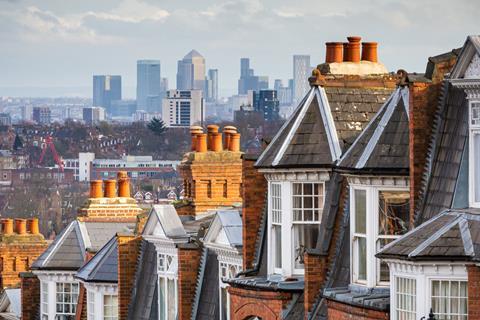
UK shopper behaviour in response to cost of living pressures is broadly polarised across the country’s north-south divide.
Real household inflation is not equal across the UK when weighted for the proportion of household spend: weighted household inflation is higher in the north than in the south. This has resulted in shopper disparity, as consumers in the south are better able to cope with the pressures of the increased cost of living.
A good illustration can be seen when comparing Burnley to London, where inflation is running at 12.4% and 9.6% respectively. Most of this is driven by increases in household energy and petrol, which form a bigger part of the household spend in Burnley.
Shopper consumption reduction differs markedly across the regions as well, as shoppers in the south maintain much higher consumption levels than in the north. As costs increase, shoppers trade down – though shopper trade-down disparity isn’t as clear cut as consumption reduction.
Nevertheless, there is still a substantial gap with London, due in large part to convenience. It has a 0.4pp lower share growth for private label than Yorkshire, for example.
However, there is little respite for households across the country as shoppers continue to take measures to mitigate the impact of rising prices, leading to lower fmcg spend. Inflation will slow, but prices are still expected to rise further, by as much as 2.9% by year end. This is due to increases in things like telecom prices, mortgage payments, rail fares, and council taxes.
Disposable income will also drop. According to the Office for Budget Responsibility, real household income is expected to fall by 6% this financial year and next year, which will result in a 2.7pp drop in total consumption. This would represent the biggest two-year fall since records began in 1950.
While sales are up currently across fmcg when compared to last year, fmcg total store value sales growth over the past year is slowing – and is likely to continue slowing over the coming months as more of the price increases from 2022 are lapped in 2023. Without further price increases (mix) or volume growth, sales growth will stall.
Regardless of the region, we anticipate consumers will continue to pull back on consumption under increasing cost of living pressures, which will lead to a slowing of manufacturer growth. As a result, fmcg performance is already polarising along the north/south divide, with notably less consumption reduction and trade-down in London versus the rest of the country, particularly the north.
It’s a gloomy outlook. So what can we do? Retailers are going to have to hold fast and hard on making price adjustments to support shoppers through these difficult times.
Brands need to get back to the basics, focusing on sales fundamentals to help drive volume and encourage shoppers to trade up. And yes, that is still achievable in the current climate.







No comments yet